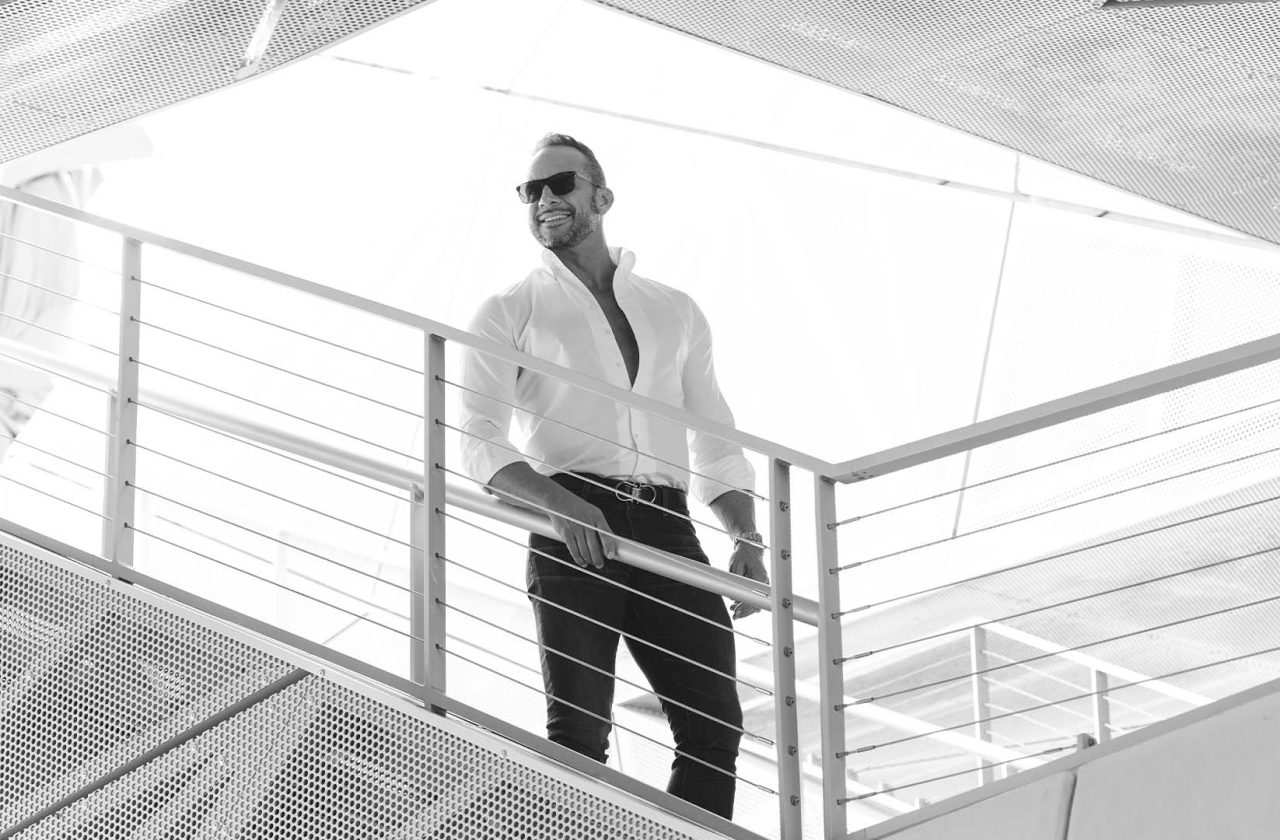Rob Bowen on Problem-Solving and Resilience in Interior Design

Nobody posts photos of the ceiling that collapsed mid-renovation. You won’t find Instagram stories about the client who hated everything halfway through a project. Rob Bowen could fill a book with these stories. “We discovered a substantial flaw in the concrete slab—over a two-inch deviation from level across the space,” he says, recalling a nightmare scenario that would send most designers running. But Rob isn’t most designers. After 16+ years running Rob Bowen Design, he’s seen pretty much everything go wrong that can go wrong. The difference is what happens next.
The Ugly Side of Beautiful Spaces
Most people think interior design is all fabric swatches and pretty furniture. Rob knows better. Behind every gorgeous room in his portfolio lies a string of problems solved, arguments navigated, and compromises hammered out. “A project timeline was delayed due to misaligned priorities between my team and the client,” he admits about one particularly painful job. “While the final outcome was beautiful, the process was more stressful than it needed to be.”
Some designers pretend these things don’t happen. Rob uses them as fuel. That rough project changed how his whole firm communicates with clients. Now they map everything out beforehand – expectations, timeline, who’s responsible for what. When that concrete slab problem threatened to derail a penthouse renovation, Rob didn’t panic. His team broke down the monster problem into smaller chunks. “We engaged structural engineers and flooring specialists to develop a custom solution,” he explains.
Rob’s secret weapon isn’t some design superpower – it’s knowing he doesn’t have all the answers. “I should never be the smartest person in the room,” he insists, without a hint of false modesty. His studio runs on brain power from multiple sources. “We create a supportive environment where brainstorming, knowledge-sharing, and diverse perspectives thrive,” Rob says. When someone hits a wall creatively, they tag in teammates rather than banging their head against it. This plays out in real time when problems arise. “Resilience stems from knowing we are stronger together,” he notes. It’s not just feel-good talk – it’s how work actually gets done.
Choosing Progress Over Perfection
Rob’s been around long enough to know perfection is a trap. “We break down complex problems into manageable steps,” he explains. Small wins stack up to major victories. It’s how his team turned that concrete disaster into a win – one step at a time. This keep-moving approach extends to how they handle client relationships. Weekly check-ins spot problems early, before they turn into headaches. Solutions flow faster because nobody’s pretending everything’s fine when it isn’t.
Blending Innovation with Timeless Design
Some designers chase trends like they’re going out of style (which they are). Others refuse to try anything new. Rob walks the middle path. “Technology will play a transformative role,” he acknowledges about emerging design tools. But he won’t throw out what works just to say he’s cutting edge. His projects blend innovation with classic elements that won’t look dated next year. This plays out in his sustainability approach too. Client demand for eco-friendly design keeps growing. Rob’s firm incorporates FSC-certified woods and low-VOC finishes but never at the expense of the design itself. Green doesn’t have to mean crunchy.
Prioritizing Meaning Over Aesthetics
Strip away the fancy portfolio shots and design industry jargon, and Rob’s philosophy boils down to something simple: “Design with intention, not just for aesthetics.” It’s why his team recently built an entire design around a family heirloom that technically “didn’t match” a mid-century modern home. The easy solution would’ve been suggesting the clients hide it away. Instead, they made it work because it mattered. “Each project presents an opportunity to translate their individuality into a beautifully crafted space,” Rob explains. This sounds nice, but it’s harder than it looks. It means sometimes saying no to what would photograph better in favor of what works better for real life.
Ask Rob for career advice, and you won’t get platitudes. “Throw your ego out the window. It’s not about you,” he says bluntly. “Be the best version of yourself every single day. Stay authentic to yourself, stay authentic to your design, stay authentic to your core.” He applies this no-BS approach to client service too. “Let my work speak for itself. I don’t have to tell you how cool I am,” he notes. “I would never say I am the coolest person in the room. You have to listen to me. It’s like, no, I’m here for you.”
Maybe that’s why his designs hold up years later, when trendier spaces already look dated. Rob’s not designing for design magazines or social media likes. He’s solving problems that real people have in spaces where real life happens – messy, imperfect, and beautiful. Connect with Rob Bowen via the Rob Bowen Design website to explore his insights on creating resilient, intentional designs.